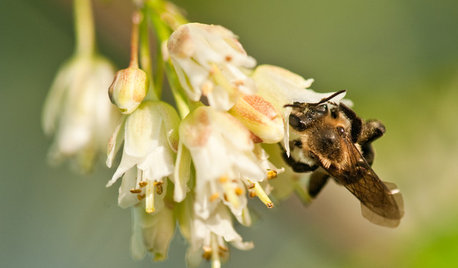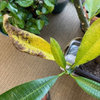Malformed Leaves
hawkeye38
11 years ago
Related Stories

HOUSEPLANTSHow to Grow Orchids Indoors
Orchids are the exotic aristocrats of the flower world and can make themselves comfortable in almost any home
Full Story
GARDENING GUIDESGreat Design Plant: Staphylea Trifolia Shines in the Shade
Plant American bladdernut for 3 seasons of interest: spring flowers and striped brown branches and bladder-like seedpods in fall and winter
Full Story
HOUSEPLANTSGet Spring-Like Hyacinth Blooms All Winter Long
Try one of these forcing methods for cheery, colorful flowers to brighten wintry days
Full Story






beachplant
elucas101
Related Professionals
70037 Landscape Architects & Landscape Designers · Harrison Landscape Architects & Landscape Designers · Tempe Landscape Contractors · Fountain Valley Landscape Contractors · Hickory Hills Landscape Contractors · Laguna Hills Landscape Contractors · Leicester Landscape Contractors · Manhattan Landscape Contractors · Quincy Landscape Contractors · Saint Paul Landscape Contractors · Santa Maria Landscape Contractors · Black Forest Siding & Exteriors · Cherry Hill Siding & Exteriors · Layton Siding & Exteriors · Woodland Hills Siding & Exteriorstapla (mid-Michigan, USDA z5b-6a)
beachplant
tapla (mid-Michigan, USDA z5b-6a)
beachplant
tapla (mid-Michigan, USDA z5b-6a)
beachplant
the_first_kms2
Loveplants2 8b Virginia Beach, Virginia
tapla (mid-Michigan, USDA z5b-6a)
hawkeye38Original Author